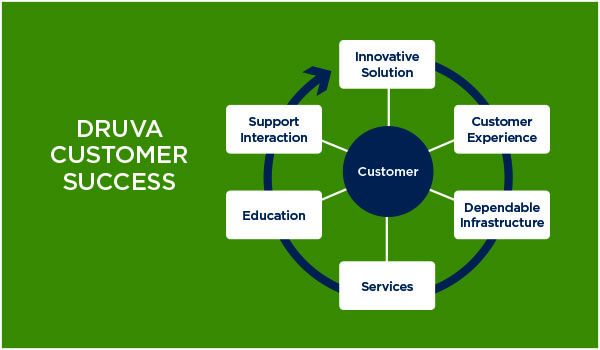While the concept of customer success has been around for some time, the term has gained increasing credence among tech companies in recent years, particularly SaaS and online businesses. However, the notion continues to evolve, with no single strategy emerging as dominant, leaving businesses to experiment and innovate in different ways.
According to some experts, customer success is increasingly playing a fundamental role in the prosperity of a business—one report from Forrester Research asserting that we have entered the “age of the customer” and another from Gartner revealing that 89% of respondents expect customer experience to be their primary basis for competitive differentiation by 2017. If a business can help its customers be successful, they will make the business successful as a result—makes sense. Establishing and executing a strategy that evolves with customer expectations and trends is where the real challenge comes in.
Determining What Success Means
At Druva, we believe customer feedback is the best metric of any customer success program. We are constantly evolving and innovating our business to better serve our customers and lead the industry with innovative, scalable solutions.
One way to measure the impact of such a program is through metrics such as renewal, churn, deployments and overall health scores. While these metrics are important from a business perspective, our focus is on defining what customer success means to our customers and building those concepts into our solutions. We also believe customer success is the responsibility of everyone in the organization, not just those with a specific title.
After surveying thousands of customers and researching various industry standards, we discovered that most customers want a solution that will deliver the best value and outcome for their business, from cost savings to improved efficiencies to ease of use. In order to meet and exceed customer expectations, we developed the following six key pillars, which we use to guide our customer success strategy and execution:


